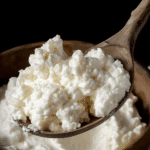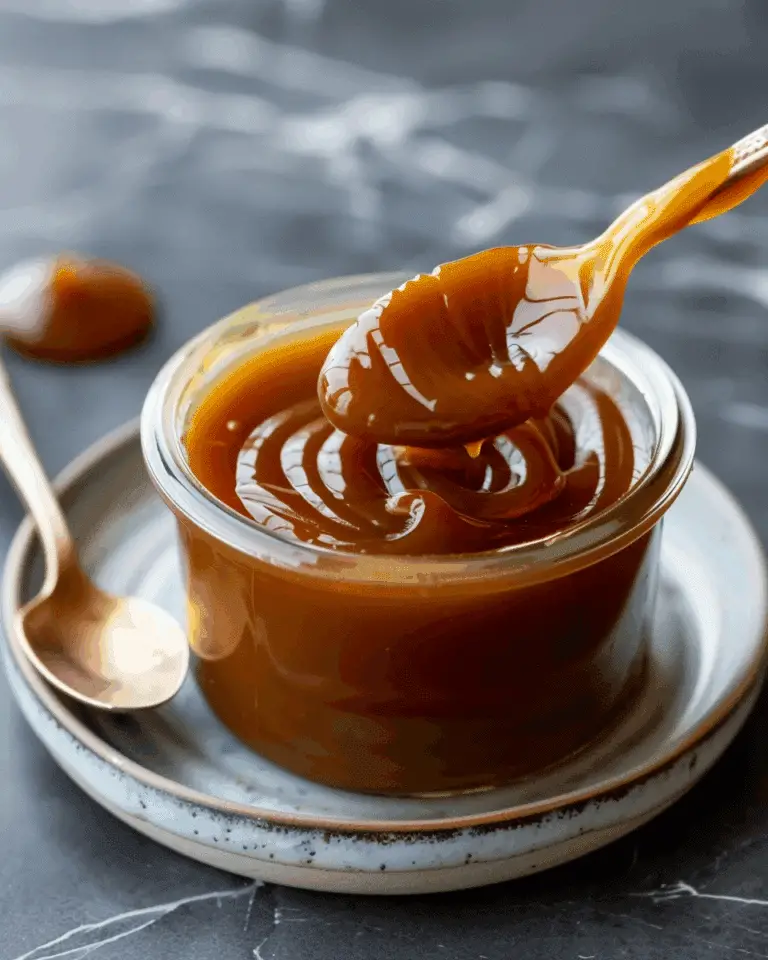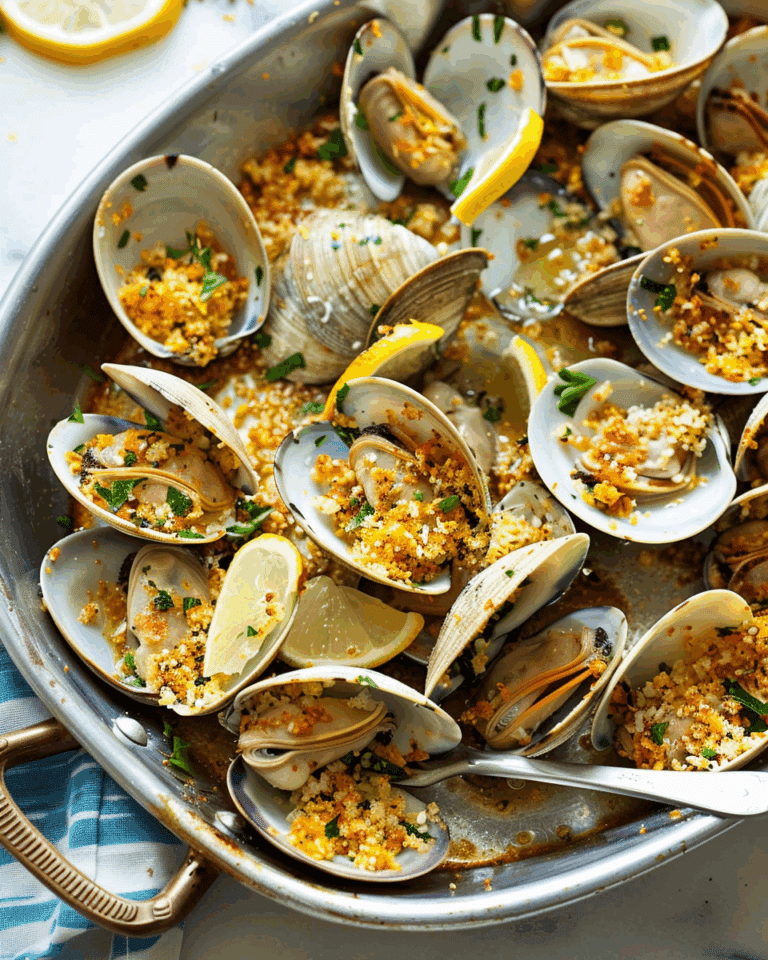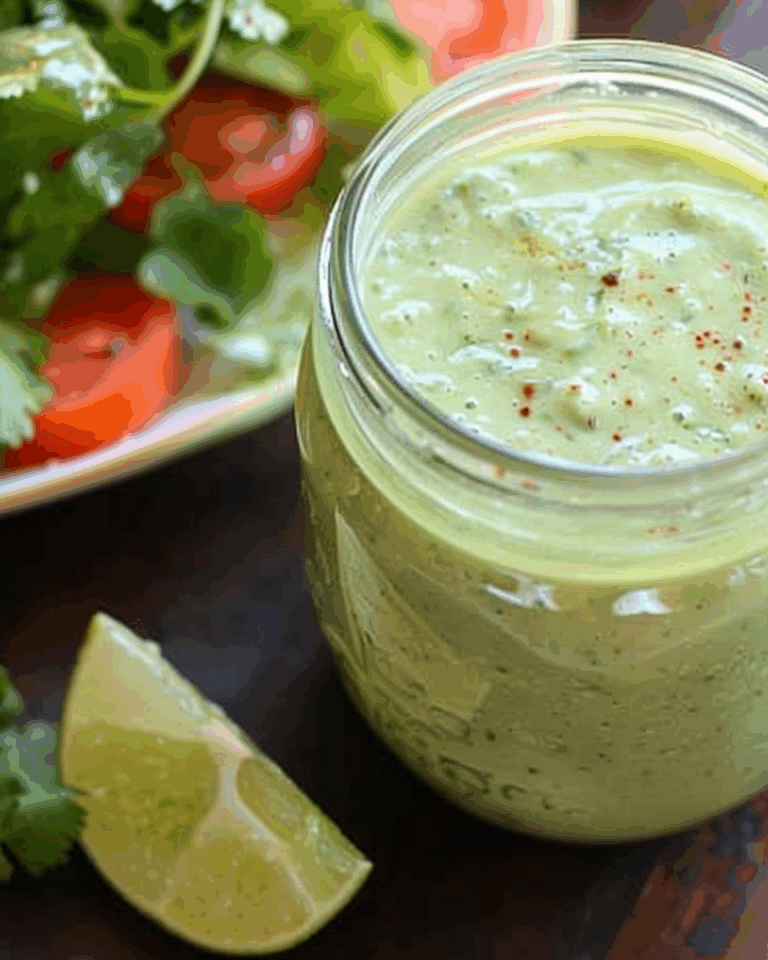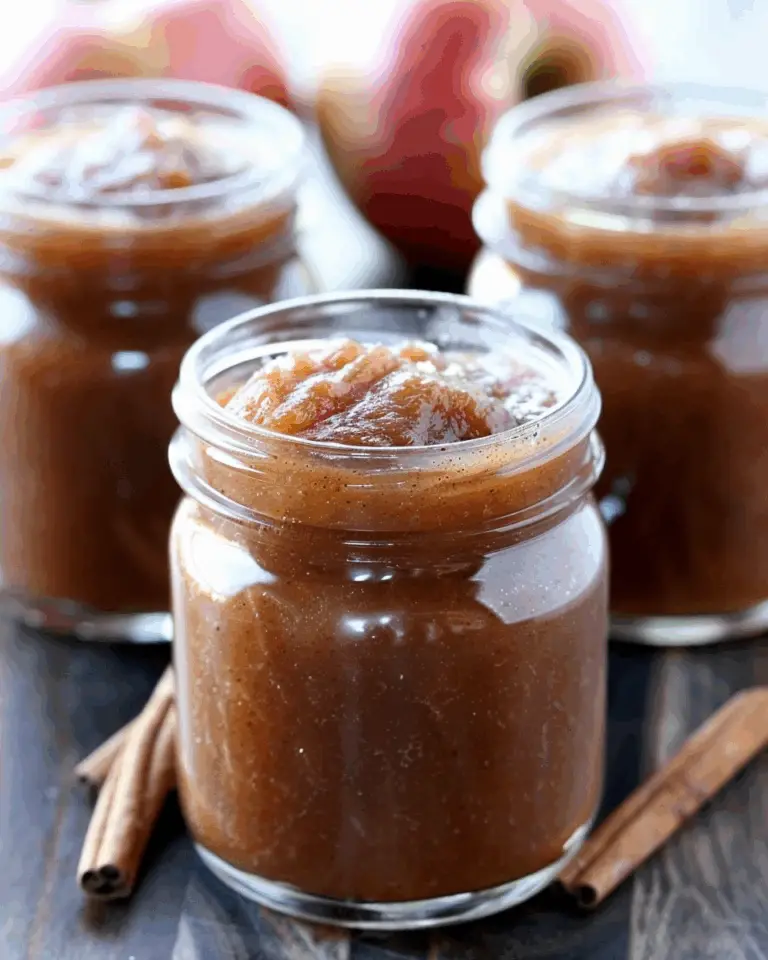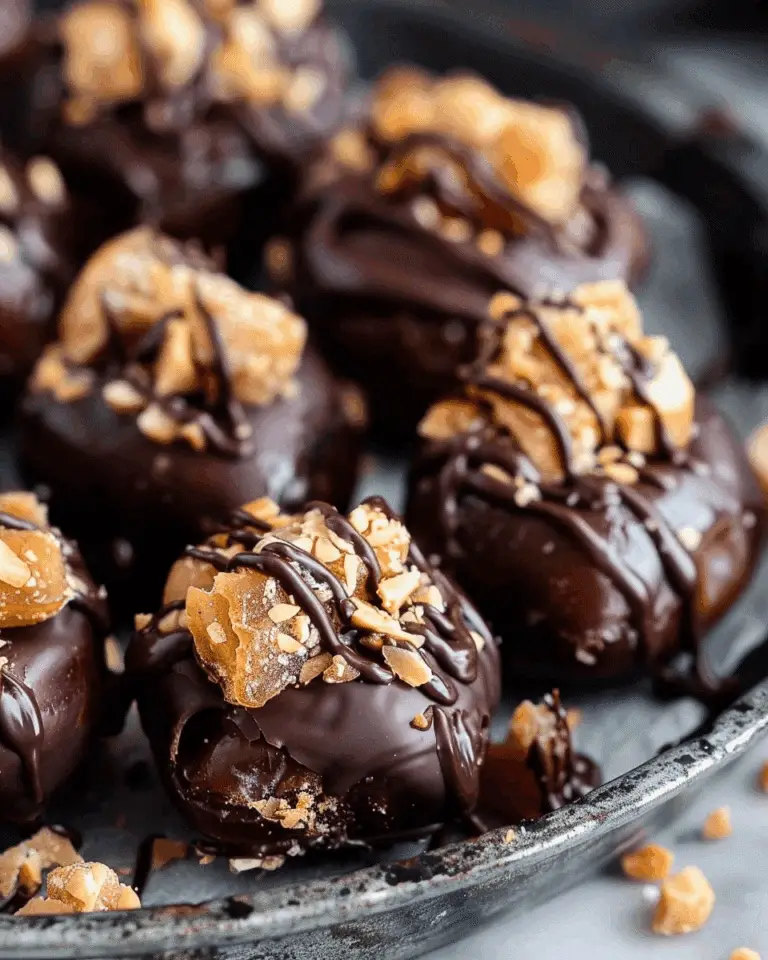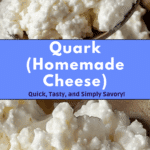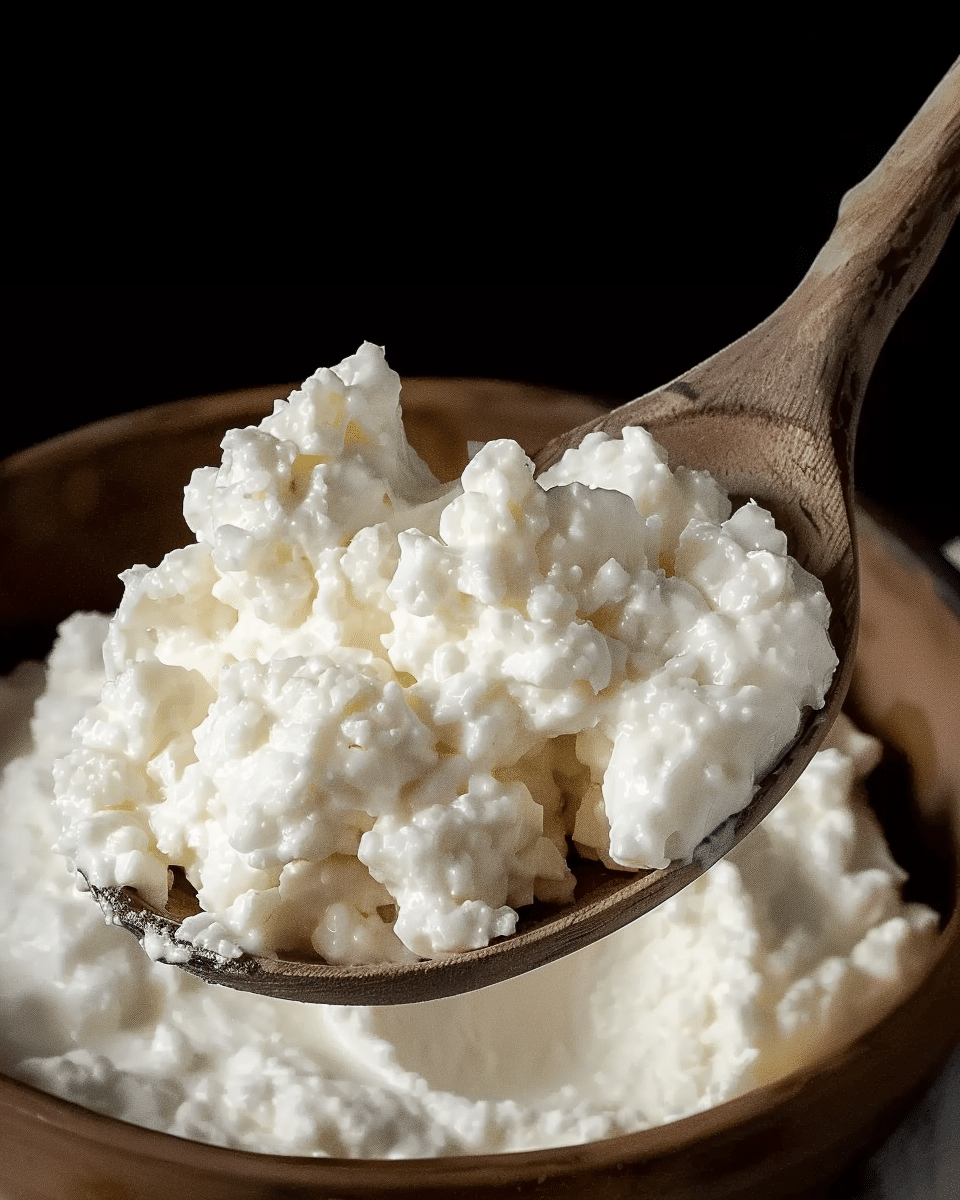
Why You’ll Love This Recipe
Making homemade quark is a simple process that yields a rich, creamy cheese that’s perfect for a variety of uses. The combination of milk and buttermilk results in a delicate, mildly tangy flavor, with a smooth texture that’s a little thicker than yogurt but softer than ricotta. This quark can be enjoyed in both sweet and savory dishes, making it a great addition to your culinary repertoire. Plus, it’s an easy recipe to make, requiring minimal ingredients and effort for a rewarding result.
Ingredients
- 2 cups milk
- ½ cup buttermilk
(Tip: You’ll find the full list of ingredients and measurements in the recipe card below.)
Directions
- Heat the milk: Pour the milk into a saucepan and gently heat it over medium heat. Stir occasionally to prevent it from scorching. Heat the milk until it reaches about 180°F (82°C), or just below boiling point. This will help denature the proteins and ensure the quark sets properly.
- Add the buttermilk: Once the milk is heated, remove it from the heat. Stir in the buttermilk, mixing it well into the milk.
- Let the mixture set: Cover the saucepan with a lid or kitchen towel and place it in a warm spot for 12-24 hours. The longer you let it sit, the thicker and tangier your quark will be. Aim for a warm place that stays around 70°F (21°C) for the best results.
- Check the consistency: After the allotted time, check the milk mixture. It should be thickened and slightly separated into curds and whey. If it’s not thick enough, let it sit a few more hours.
- Strain the quark: Once the curds have formed, line a fine mesh strainer with cheesecloth and place it over a bowl. Pour the curds and whey into the strainer, allowing the whey to drain off. You can save the whey for use in other recipes, such as in smoothies or baking.
- Finish and chill: Once the whey has drained, transfer the quark to a container and refrigerate it for a few hours to chill and firm up.
- Serve: Once chilled, your homemade quark is ready to use! Enjoy it on bread, in a dip, or incorporated into various dishes.
Servings and Timing
- Servings: 4-6 (depending on how you use it)
- Prep time: 5 minutes
- Wait time: 12-24 hours (for setting)
- Total time: 12-24 hours
Variations
- Herbed Quark: Add finely chopped herbs such as chives, dill, or parsley for a savory twist. This makes an excellent spread for crackers or bread.
- Sweet Quark: Mix in a tablespoon of honey or vanilla extract to make a sweet quark, perfect for pairing with fruit or using in desserts.
- Thicker Quark: For a thicker quark, let it drain for longer, or strain it through a fine cheesecloth for several hours or overnight to remove more whey.
Storage/Reheating
- Storage: Store the quark in an airtight container in the fridge for up to 5 days. The longer it sits, the firmer it will become.
- Reheating: Quark is typically used cold or at room temperature, so it doesn’t require reheating. However, you can gently warm it if you prefer a softer texture.
FAQs
1. Can I use whole milk instead of 2% milk for this recipe?
Yes, you can use whole milk for a creamier texture, though the quark will still be delicious with lower-fat milk.
2. Can I use yogurt instead of buttermilk?
While buttermilk is the traditional choice for making quark, you can substitute yogurt if needed. It will provide a similar tangy flavor and aid in the fermentation process.
3. Do I need to use cheesecloth to strain the quark?
Cheesecloth is ideal for straining, but if you don’t have it, a fine mesh strainer or a clean kitchen towel will work as well. Just be sure to let the quark drain for a few hours to get the desired consistency.
4. Can I speed up the process and let the milk set in the fridge?
While setting at room temperature is recommended for the best results, you can place the mixture in the fridge to slow down the fermentation. However, this might extend the time needed for the quark to set.
5. Can I use quark in baking?
Yes, quark can be used in baking! It’s great for adding moisture to cakes, muffins, or bread, and can be substituted for sour cream or cream cheese in many recipes.
6. Can I make quark with non-dairy milk?
It’s possible to make a non-dairy version of quark, but you would need to use a plant-based milk (such as almond or soy) and ensure that the non-dairy milk has a similar fat content to cow’s milk. You may also need to add a vegan culture or probiotic supplement to help the milk ferment.
7. Can I use quark for making cheesecake?
Yes, quark can be used as a substitute for cream cheese in cheesecake recipes. It will give the cheesecake a slightly lighter texture and a mild tanginess.
8. Is quark the same as ricotta cheese?
While quark and ricotta share a similar texture, quark is tangier and has a firmer consistency. Quark is made by fermenting milk with bacterial cultures, whereas ricotta is made by draining whey from curds.
9. Can I freeze quark?
Yes, quark can be frozen for up to 2-3 months. However, the texture may change slightly upon thawing, so it’s best to use frozen quark in cooking or baking rather than as a spread.
10. Can I make quark with goat milk?
Yes, you can use goat milk to make quark. It will have a slightly different flavor, but the process remains the same.
Conclusion
Homemade quark is a simple and satisfying cheese that you can easily make with just two ingredients: milk and buttermilk. Its soft, creamy texture and mild tang make it a versatile addition to both sweet and savory dishes. Whether you’re spreading it on bread, mixing it into baked goods, or pairing it with fruit, quark is a delicious and rewarding homemade cheese that’s perfect for all your culinary creations.
PrintQuark (Homemade Cheese)
Homemade quark is a soft, creamy, and mildly tangy cheese made with just milk and buttermilk. It’s perfect for spreading, using in desserts, or savory dishes. The process is simple and results in a versatile cheese with a rich flavor.
- Prep Time: 5 minutes
- Cook Time: undefined
- Total Time: 12-24 hours
- Yield: 4-6 servings (depending on use)
- Category: Cheese
- Method: Fermentation
- Cuisine: European
- Diet: Vegetarian
Ingredients
2 cups milk
½ cup buttermilk
Instructions
- Heat the milk: Pour the milk into a saucepan and gently heat it over medium heat until it reaches about 180°F (82°C), or just below boiling point. Stir occasionally to prevent scorching.
- Add the buttermilk: Once the milk is heated, remove it from the heat and stir in the buttermilk.
- Let the mixture set: Cover the saucepan and place it in a warm spot for 12-24 hours. The longer it sets, the thicker and tangier the quark will be.
- Check the consistency: After 12-24 hours, check the milk mixture. It should be thickened with curds and whey. Let it sit longer if necessary.
- Strain the quark: Line a fine mesh strainer with cheesecloth and place it over a bowl. Pour the curds and whey into the strainer to drain. Save the whey for other uses.
- Finish and chill: Once drained, transfer the quark to a container and refrigerate it for a few hours to firm up.
- Serve: Once chilled, your homemade quark is ready to use! Enjoy it on bread, in dips, or in various dishes.
Notes
For a savory twist, add finely chopped herbs like chives or dill to the quark.
To make sweet quark, mix in honey or vanilla extract.
For thicker quark, allow it to drain longer or strain it overnight.
Nutrition
- Serving Size: 1 serving
- Calories: 70
- Sugar: 3g
- Sodium: 50mg
- Fat: 4g
- Saturated Fat: 2g
- Unsaturated Fat: 2g
- Trans Fat: 0g
- Carbohydrates: 5g
- Fiber: 0g
- Protein: 5g
- Cholesterol: 15mg
